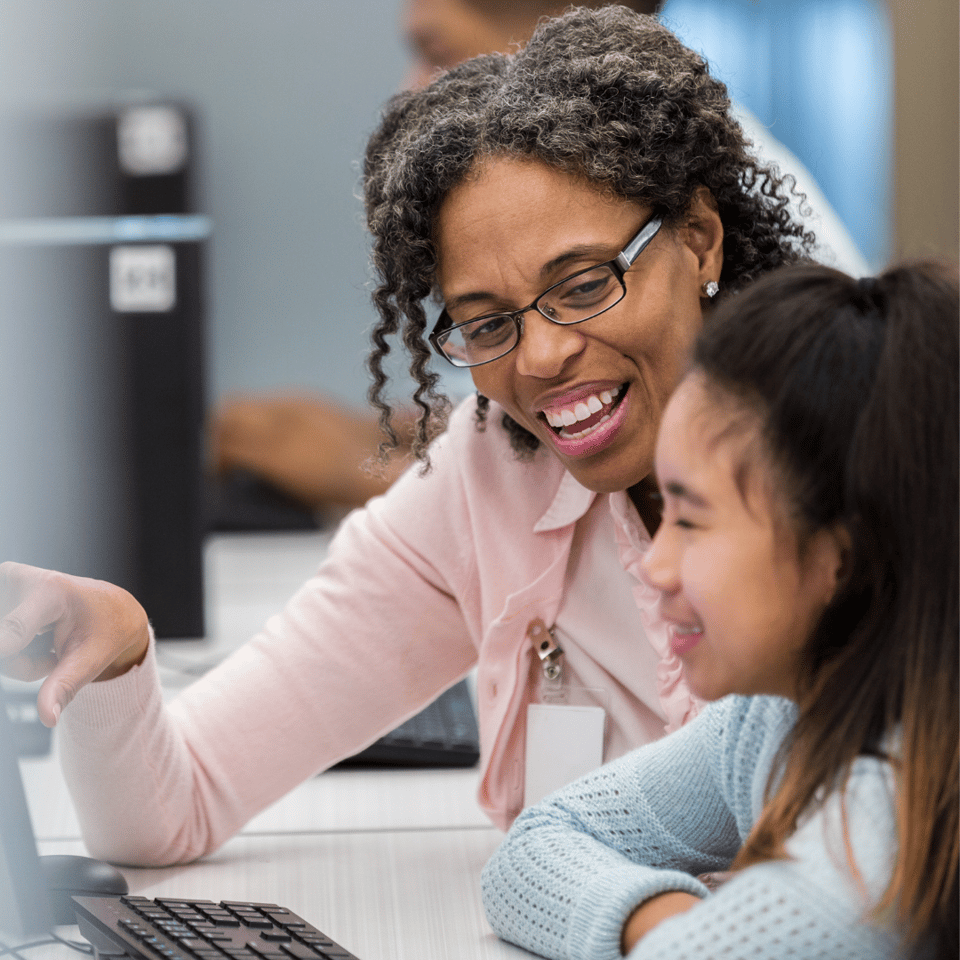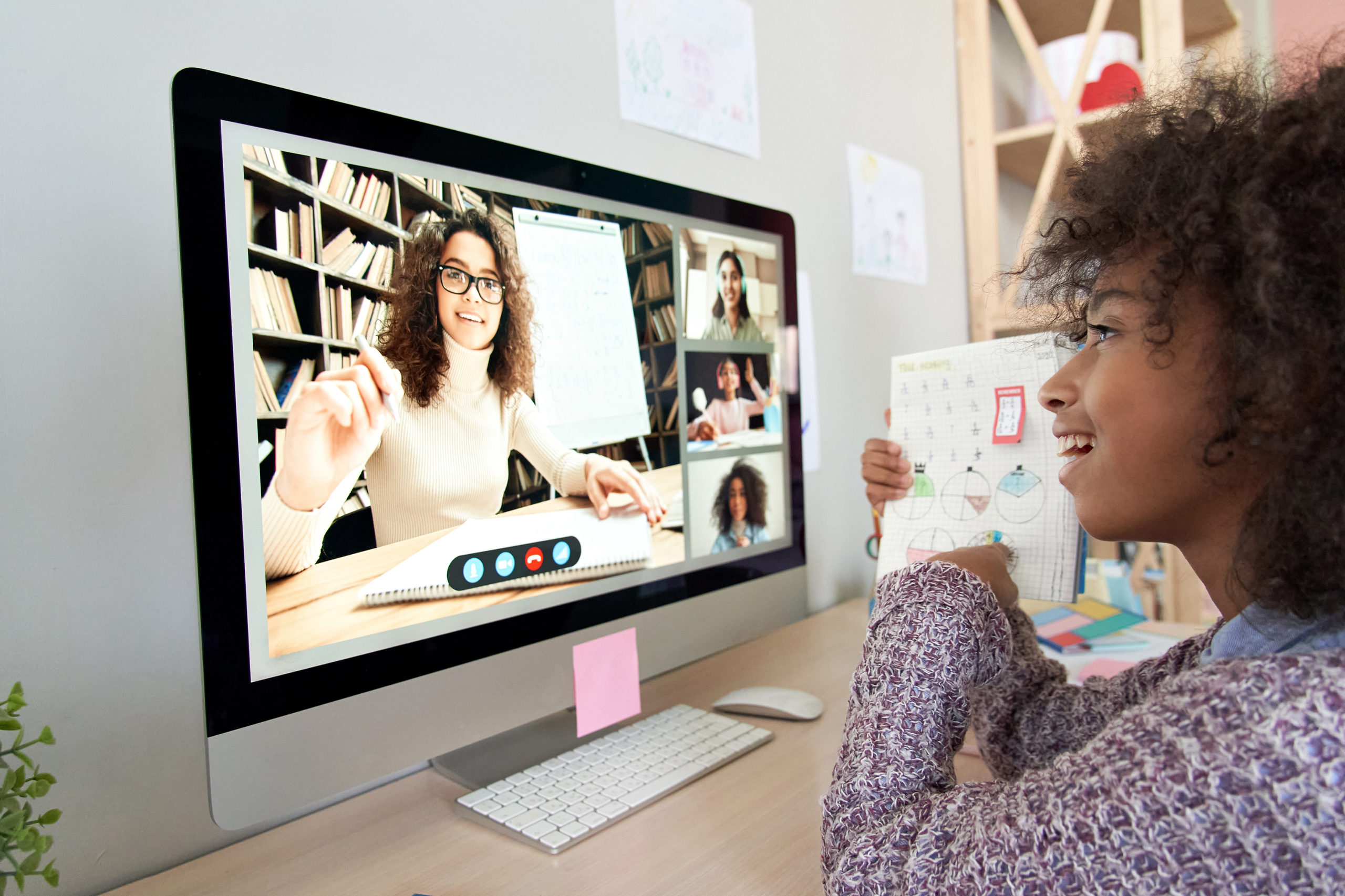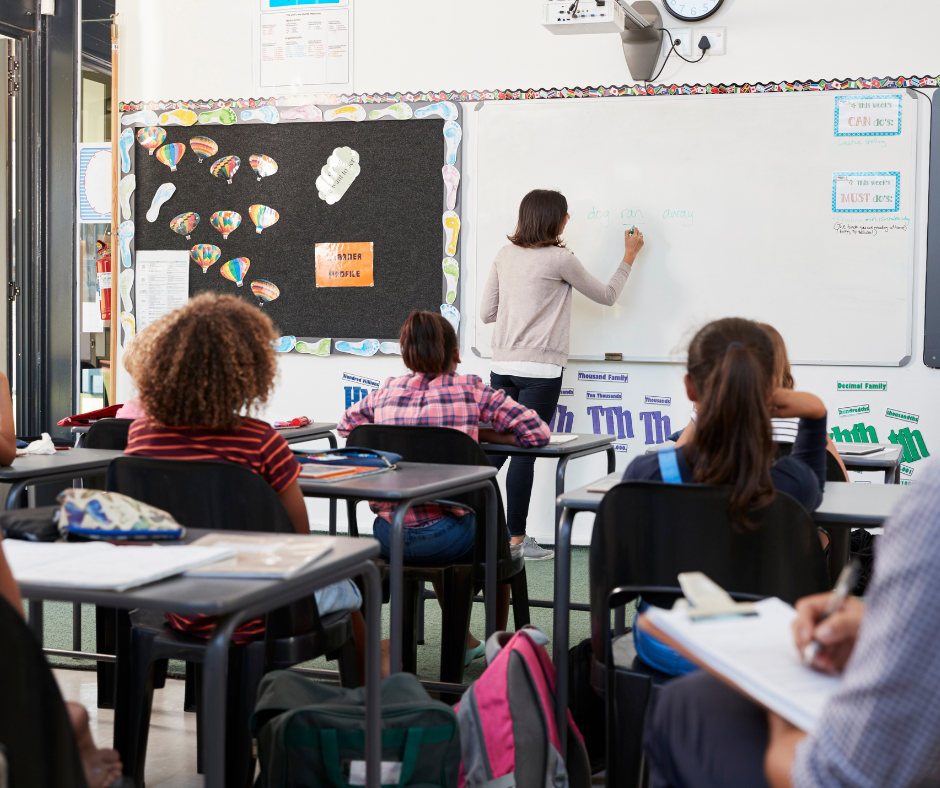Every educator has had to pivot and adapt over this past year. Some did it with grace and others...
4 Ways to Use FIELD Goals for Social-Emotional Learning

Social-Emotional Learning (SEL) has become increasingly important in education.
It goes beyond traditional academic subjects to teach students essential life skills. A crucial aspect of SEL is fostering positive relationships between students and teachers, which contributes to a more supportive and effective learning environment. FIELD (Feedback, Intention, Empathy, Listening, and Dialogue) Goals for the Social-Emotional Learning framework offer a structured approach to enhancing these relationships. By integrating FIELD goals into your teaching practice, you can deepen your connection with students and strengthen the student/teacher relationship. Below, we explore four ways to use FIELD Goals for SEL to build better student-teacher relationships.
Feedback: Promote Open and Constructive Communication
Effective communication is the cornerstone of any healthy relationship, and the student-teacher relationship is no exception. Feedback is an essential part of this communication process. Both students and teachers should be encouraged to provide feedback constructively and openly. Here's how you can promote feedback in the context of FIELD Goals for SEL:
Regular Check-Ins: Schedule regular one-on-one meetings or group discussions where students can share their thoughts, concerns, and ideas. These meetings provide a safe space for feedback.
Constructive Language: Teach students and teachers to use constructive language when giving and receiving feedback. Instead of criticism, focus on providing solutions and suggestions for improvement.
Active Listening: Encourage active listening during these discussions. This means that both parties should genuinely listen to each other's perspectives and acknowledge their feelings and ideas.
Implement Changes: It's important to act on the feedback received. When students see that their input leads to positive changes in the classroom, they feel heard and valued.
By promoting open and constructive feedback, you can create an environment where students and teachers can express themselves, address concerns, and work together to improve the learning experience.
Intention: Set Clear Goals and Expectations
Clarity in goals and expectations is vital for building strong student-teacher relationships. When students understand what is expected of them and teachers clearly articulate their goals, it leads to a sense of purpose and shared understanding. Here's how to implement intention within the FIELD Goals for Social-Emotional Learning framework:
Objective Setting: Collaboratively set learning objectives with your students. Ask them what they hope to achieve and provide guidance on realistic and achievable goals.
Consistency: Maintain consistency in your expectations. This applies to classroom rules, homework assignments, grading criteria, and more. Students should know what to expect.
Transparency: Be transparent about your teaching methods, assessment criteria, and any changes to the curriculum. Transparency fosters trust and respect.
Flexibility: While maintaining consistency, allow for some flexibility. Recognize that students have individual learning styles and may need personalized approaches to meet their goals.
Clearly defined goals and expectations help students and teachers work toward a common purpose, which, in turn, strengthens the student-teacher relationship.
Empathy: Cultivate Understanding and Compassion
Empathy is the ability to understand and share the feelings of another. Cultivating empathy in the student-teacher relationship is essential for creating a supportive and compassionate learning environment. Here's how you can foster empathy through FIELD Goals for SEL:
Empathy Exercises: Introduce empathy exercises or discussions in the classroom. Encourage students to consider situations from different perspectives, promoting understanding and tolerance. Empathy is a learnable skill connected to self-awareness. By employing techniques such as True Colors, people can enhance their understanding of themselves and others, resulting in a greater capacity for empathy towards the individuals they interact with.
Personal Sharing: Allow students to share personal stories, experiences, and challenges. This vulnerability fosters empathy and connection among students and their teachers.
Conflict Resolution: Teach students effective conflict resolution skills. When conflicts arise, students can better understand each other's viewpoints and work toward resolution.
Feedback Acknowledgment: Acknowledge and validate the emotions and concerns raised during feedback sessions. This demonstrates empathy and shows that you genuinely care about your students' well-being.
Empathy is a powerful tool in building better student-teacher relationships. It creates an environment where students feel understood and supported, making it easier to communicate and engage in the learning process.
Listening and Dialogue: Foster Meaningful Conversations
Listening and dialogue are integral components of the FIELD Goals for Social-Emotional Learning framework. Teachers and students can build deeper connections by actively engaging in conversations and discussions. Here's how to encourage listening and dialogue:
Active Listening Techniques: Teach students and teachers active listening techniques, such as maintaining eye contact, asking clarifying questions, and summarizing what was said.
Open-Ended Questions: Encourage the use of open-ended questions to stimulate meaningful discussions. These questions invite thoughtful responses and promote dialogue.
Debate and Discussion: Include opportunities for debates, discussions, and group activities in your lessons. These activities promote dialogue and help students express their opinions and viewpoints.
Reflection: Encourage both students and teachers to reflect on their experiences and insights. Journaling and group discussions are effective ways to foster reflection.
Listening and dialogue enable students and teachers to engage in deeper, more meaningful conversations. These conversations promote critical thinking, problem-solving, and a stronger sense of community within the classroom.
Incorporating FIELD goals into your SEL practice can transform the structure of your student/teacher relationships. By promoting feedback, intention, empathy, listening, and dialogue, educators can create an inclusive, supportive, and respectful learning environment. When students and teachers work together to communicate effectively and understand one another, it enhances the educational experience and contributes to the personal growth and well-being of all involved.



